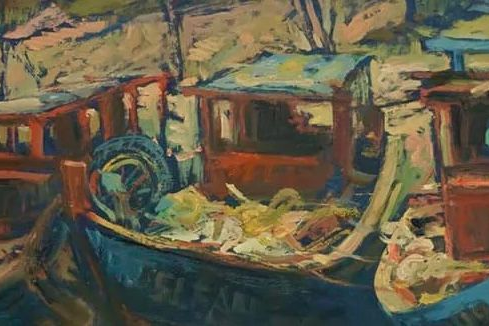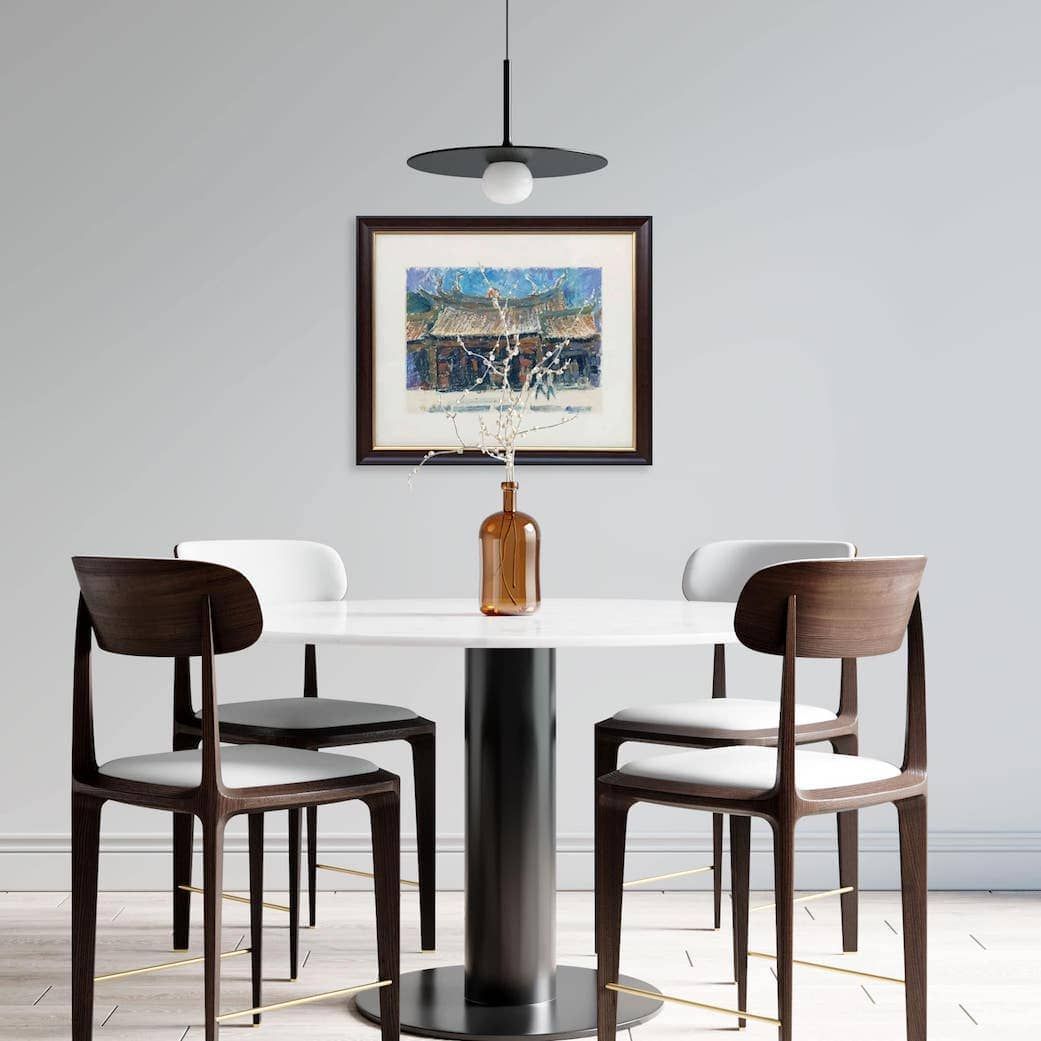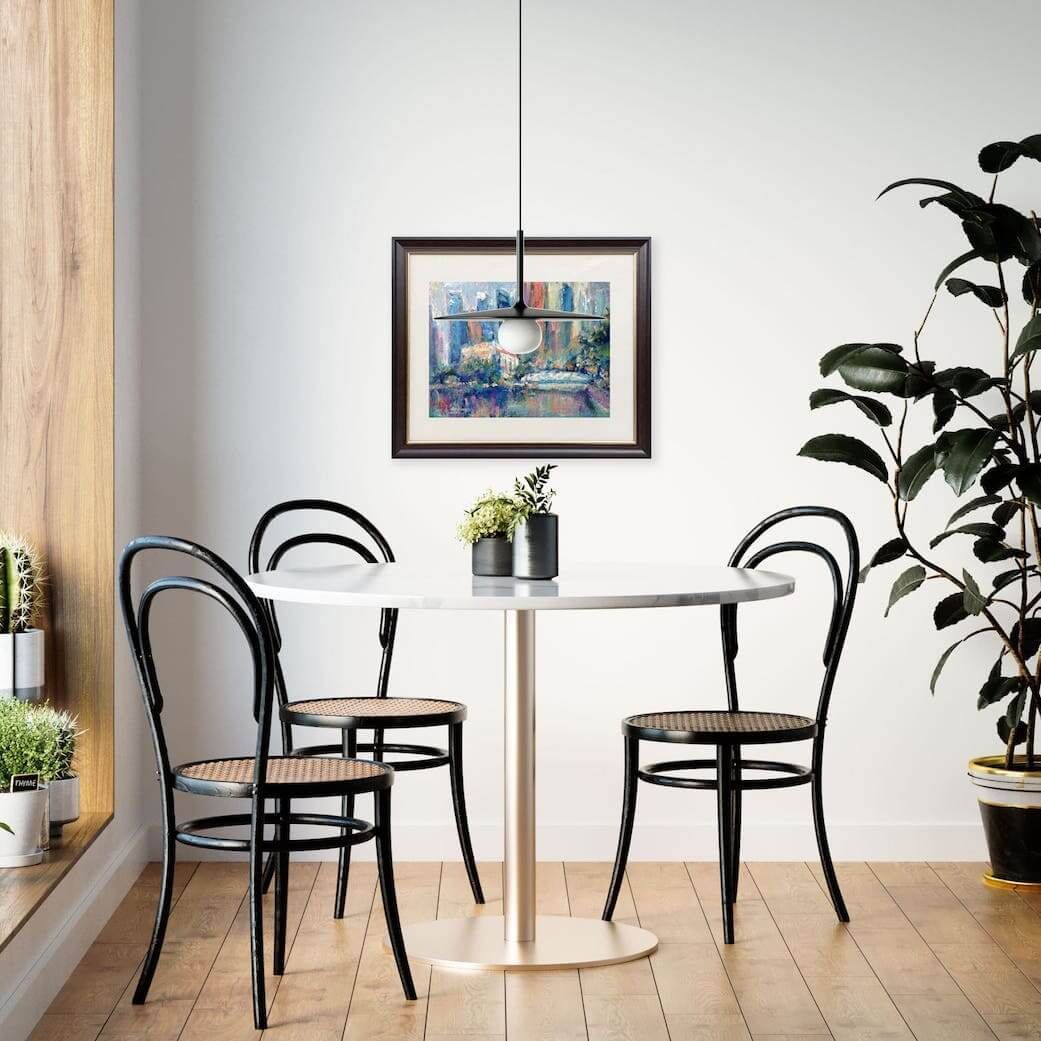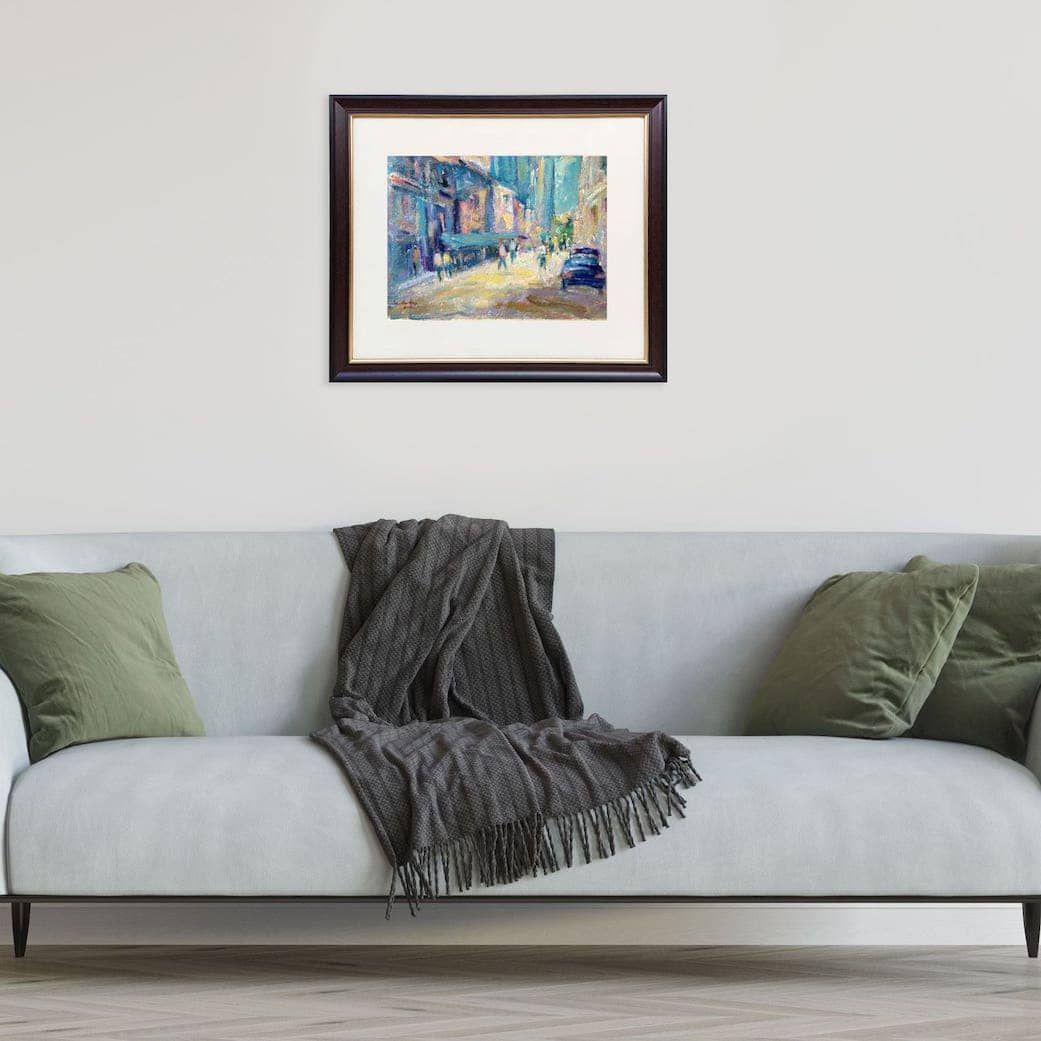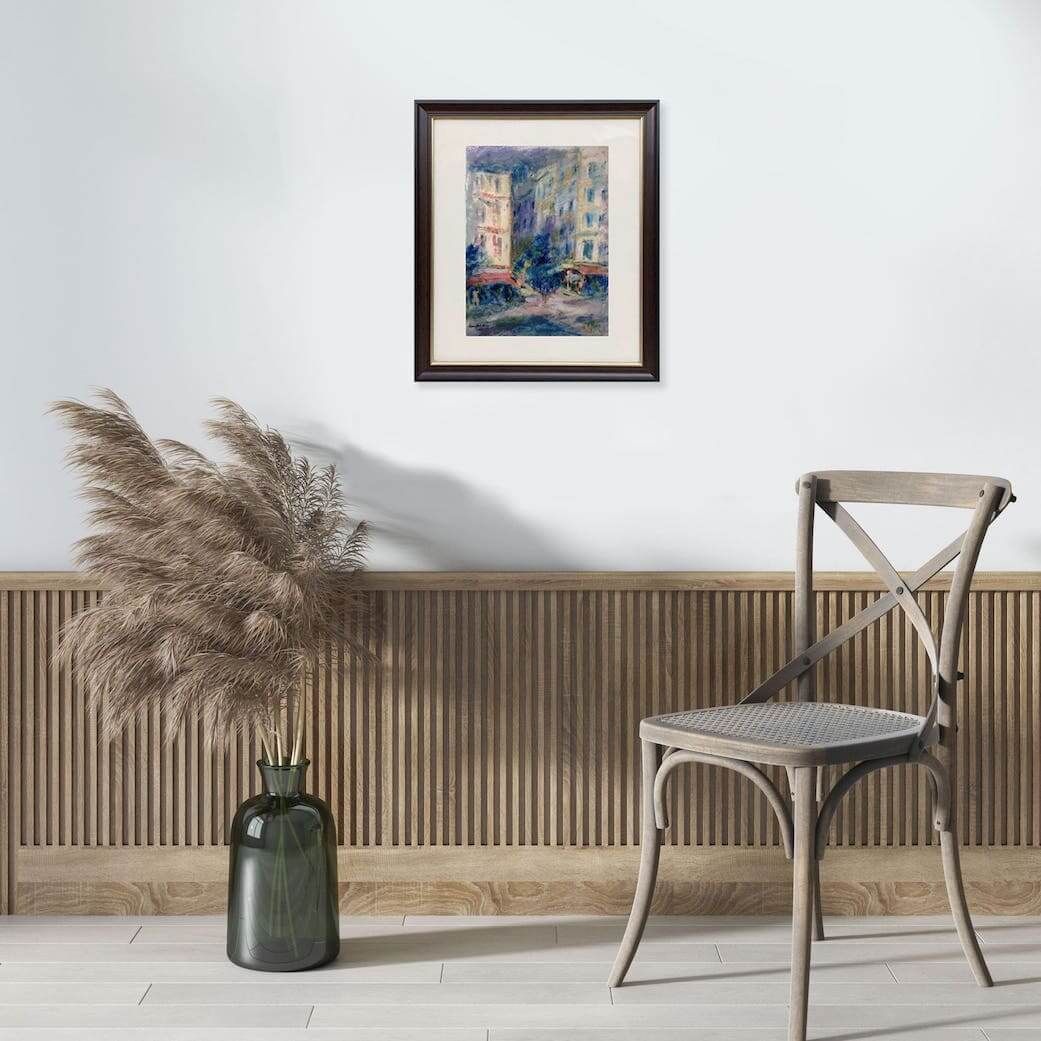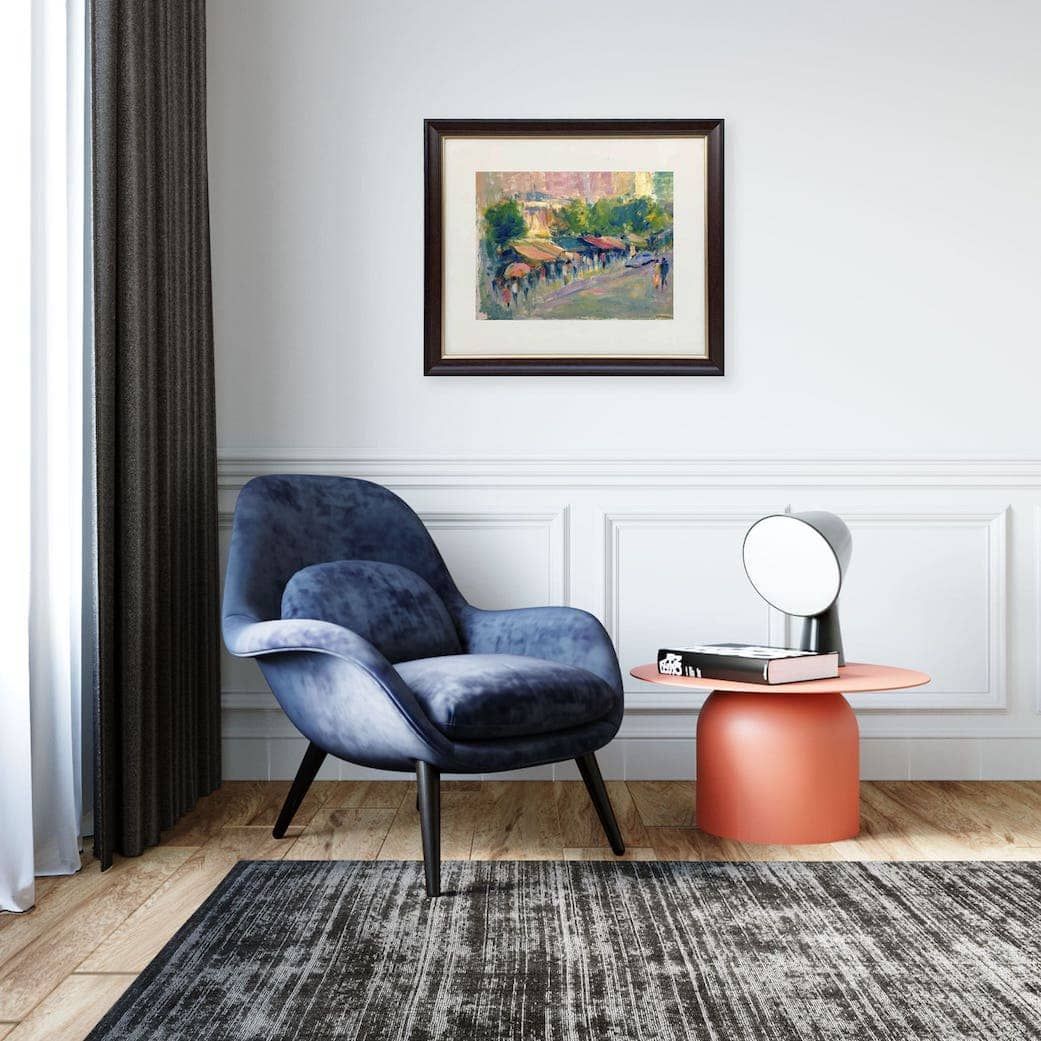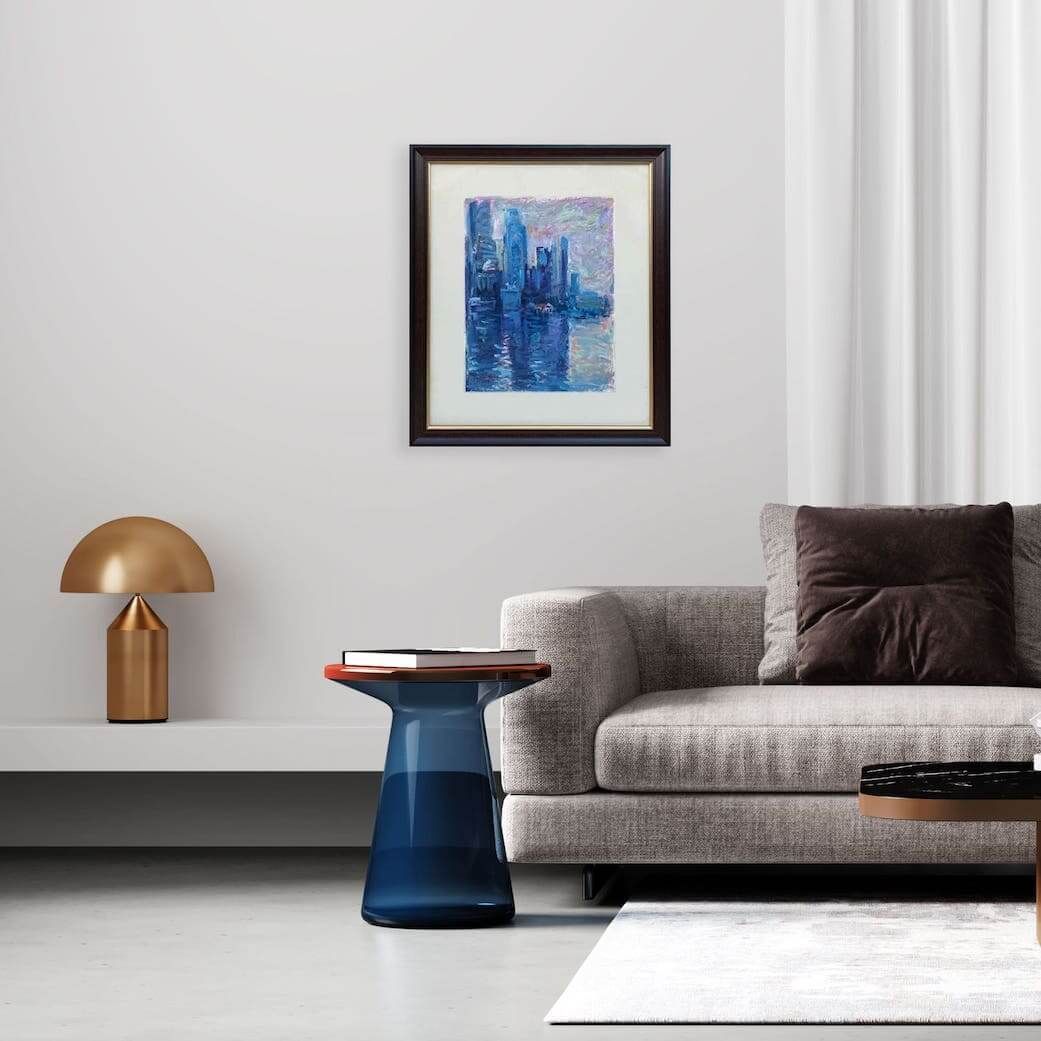How to Decorate Your HDB Flat with Art
How to Decorate Your HDB Flat with Art: Making the Most of Smaller Spaces
Living in an HDB flat in Singapore does not mean you are limited when it comes to decorating with art.
In fact, working with cozier dimensions gives you more reason to be intentional and expressive. Here are some tips tailored to maximise your space:
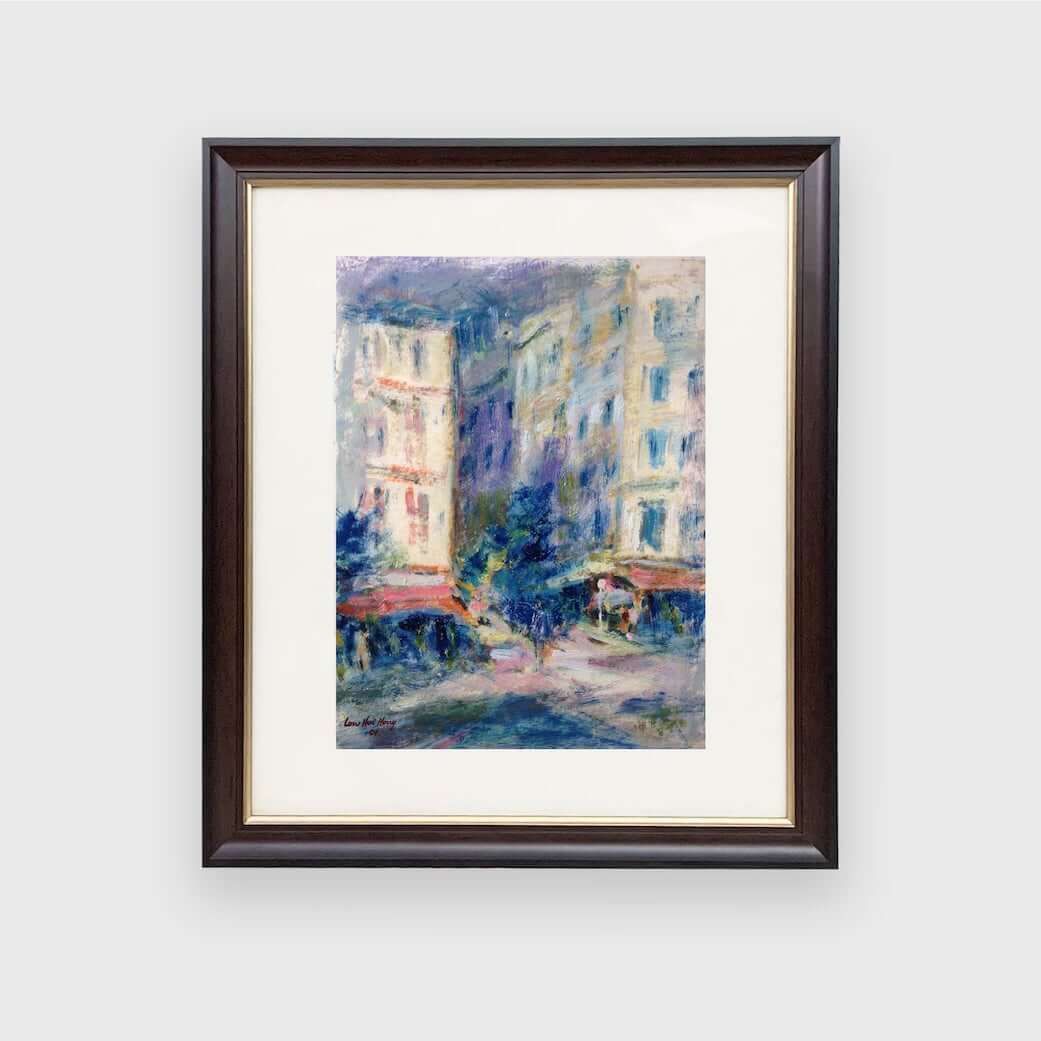
Maximise Vertical Space
HDB flats often have limited floor space, so use your walls to their full potential.
Taller, narrower pieces or a vertical gallery wall in the living room or hallway can draw the eye upward, creating an illusion of more space and making the space feel bigger.
Lean into Personal Touches
Use framed art prints, travel photos, or even children’s drawings. These make your home feel lived-in and authentic.
Embrace Gallery Walls
A well-executed gallery wall can be a fantastic way to display multiple smaller pieces of art in a small space without overwhelming it, creating a focal point without taking up much individual wall real estate.
Use a mix of frames and sizes to create visual interest, and do not forget to leave some breathing room between pieces.
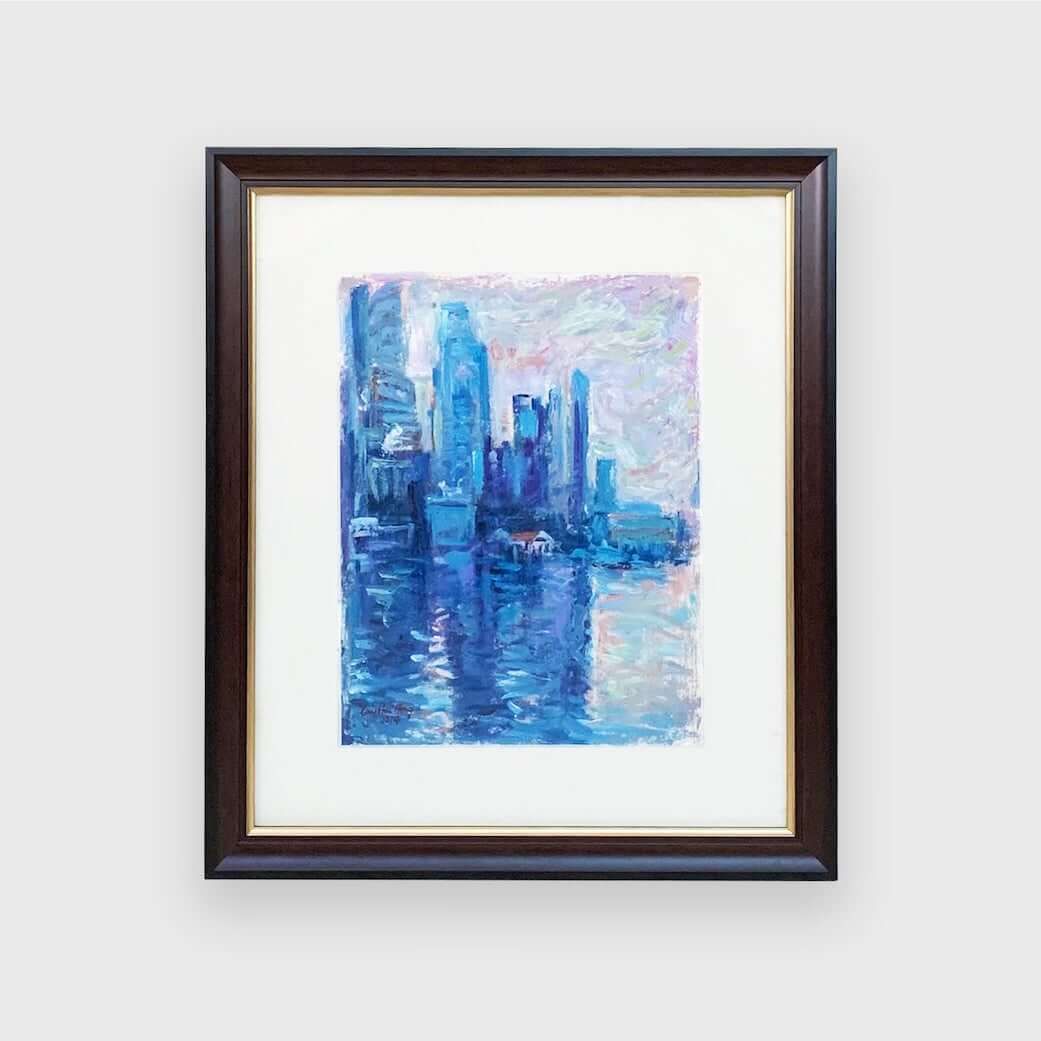
Consider Multi-Functional Art
Consider artwork that serves a dual purpose—like a decorative mirror that can also reflect light and make your flat feel larger by creating the illusion of more space.
While not strictly "art," a beautifully framed mirror can certainly function as one and add decorative flair.
Art can double as storage or function. This is especially useful in smaller HDBs where every inch counts!
For example, hang decorative hooks with sculptural elements or use floating shelves with art can also hold plants or decorative objects, serving a dual purpose.
Scale Down Smartly
While we talked about scale earlier, in an HDB, this often means opting for slightly smaller-scale art that does not overwhelm the room.
A few well-chosen medium-sized pieces can have more impact than one giant one that dominates.
Use Light, Bright Pieces
To keep the space open and airy, choose artwork with lighter tones or minimalist styles. It helps small areas feel more expansive.
